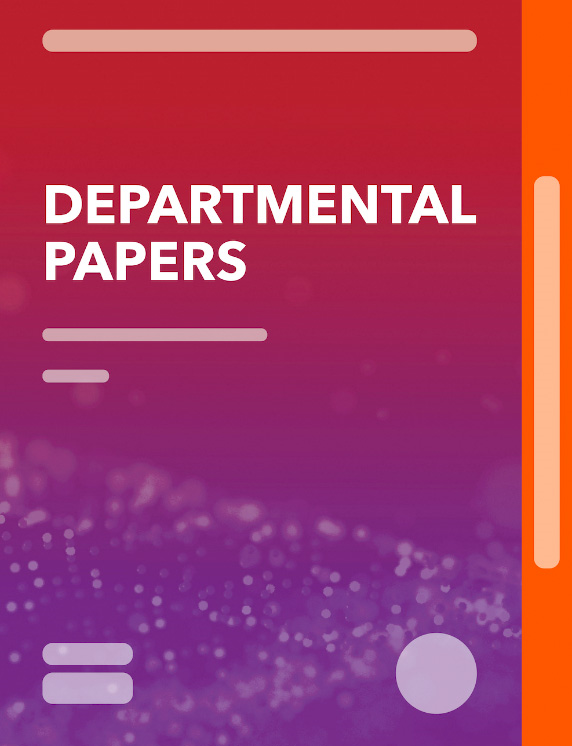Iceland: Technical Assistance Report-Modernizing the Icelandic VAT
September 23, 2014
Summary
EXECUTIVE SUMMARY Iceland’s government, elected in 2013, is conducting a general review of its tax policy with a view toward making it more efficient and less distortionary.1 To this end, it has targeted VAT reform as a priority to become more reliant on consumption rather than income taxation. The narrow base and wide gap between the very high 25.5 percent main VAT rate and lower rate of 7 percent distort economic behavior and encourage tax arbitrage, evasion and lobbying. The efficiency of the Icelandic VAT is thus currently well below the European and OECD averages. To address this situation, the government plans in the near term to broaden the base by eliminating exemptions, raising the lower rate, and reducing the top rate. In the medium term, the government targets a single-rate system. To offset the potentially inflationary effects of VAT reform and reduce price distortions, the government is considering repealing the commodity tax and reviewing the trade regime for agriculture. It may also seek to increase social benefits for low-income households most affected by the VAT increases. These measures are all in accord with recommendations made by two previous IMF missions in 2010 and 2011. This mission reiterates its previous recommendations that Iceland should in the near term: (1) eliminate exemptions at least for tourism, transport, sports and culture; (2) limit VAT refunds to local government to services that could be outsourced; (3) double the lower rate to 14 percent; (4) reduce the top rate as revenue permits, depending on base broadening; and (5) in the longer term, move to a single VAT rate of about 21 percent. In addition, this report makes the following major recommendations: • Consider at least doubling the VAT threshold to ISK 2,000,000 (about USD 17,850 or EUR 12,900). A higher threshold will ease administration, allowing limited RSK resources to be focused on the large taxpayers who generate most VAT revenue. • Fully tax all sales and leasing of commercial buildings, as well as first sales of new residential buildings. While materials and construction activities are subject to VAT, sale of buildings has been exempt. This has created pressure for special refund schemes for builders to recoup their input VAT. Taxing commercial buildings and rent will remove this necessity and prevent cascading, while taxing first residential sales will broaden the VAT base to include housing consumption. • Eliminate special VAT refund schemes for buses, and domestic boats and aircraft, as well as CO2 tax refunds for rental car imports. These schemes have been encouraged by the exemption of passenger transport, and by the anomalous taxation of car rental services at the top rate. Taxing transportation will remove the need for these accommodations and level the playing field for car rental companies. • Repeal the commodity tax on building products, appliances and electronics. This will help offset the one-off inflationary effects of VAT reform and remove price distortions on these goods, which having neither inelastic demand nor negative externalities do not meet the criteria for special excise taxation. • If the sugar tax portion of the commodity tax is retained, conduct a study to ensure that the price increase it imposes on sweetened products is sufficient to discourage their consumption. Alternatively, repeal the sugar tax and move sweetened products to the top VAT rate.
Subject: Consumption, Consumption taxes, Excises, National accounts, Revenue administration, Tax refunds, Taxes, Value-added tax
Keywords: Caribbean, commodity tax, Consumption, Consumption taxes, CR, Europe, excise tax, Excises, government service, income tax, input VAT, ISCR, public goods, Tax refunds, Value-added tax, VAT rate, VAT refund
Pages:
38
Volume:
2014
DOI:
Issue:
291
Series:
Country Report No. 2014/291
Stock No:
1ISLEA2014003
ISBN:
9781484391761
ISSN:
1934-7685






